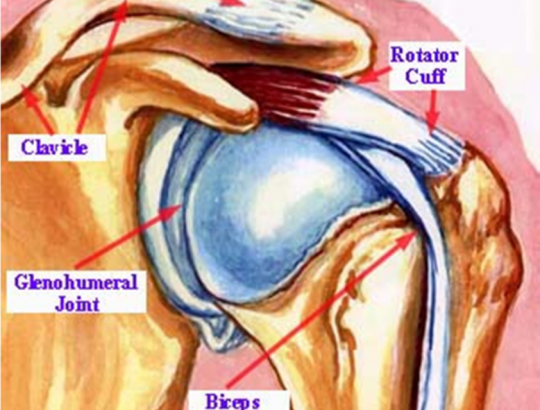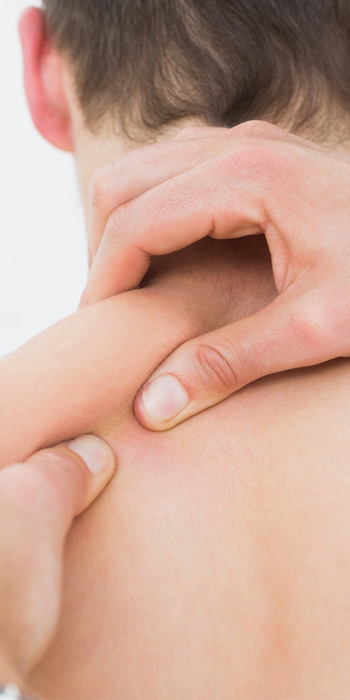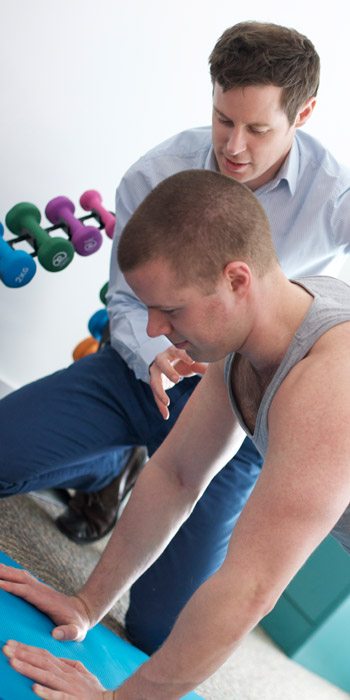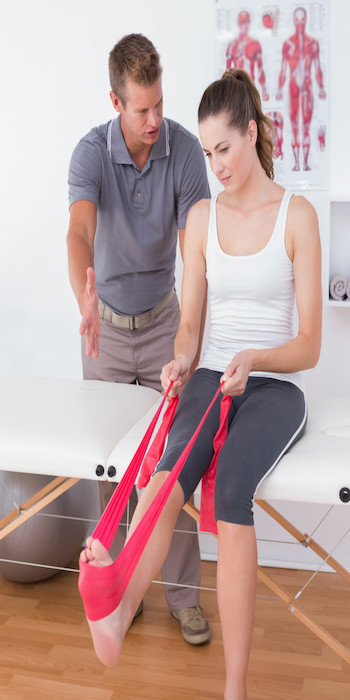Before we jump into recovery and rehab for shoulder pain we want to point out that shoulder pain is one of, if not the most prevalent type of reoccurring pain in the swimming community that presents at our Pymble sports clinic.
You may have been diagnosed with impingement, tendonopathy, tendonitis, bursitis, rotator cuff strain, thoracic outlet syndrome, nerve impingement. Usually starting from an acute injury or from repetitive strain.
The shoulder has 3 major parts, if all are moving well it will contribute to a healthy shoulder.
1: The shoulder
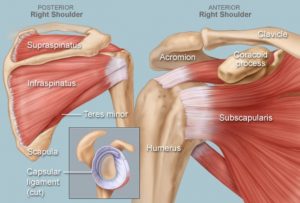
2. The scapular
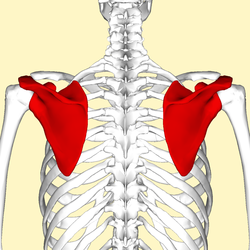
3. The thorax
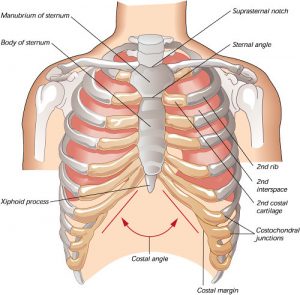
The glenohumeral joint is the most complex the 3 parts, this is largely because it has the most range of movement allowing the shoulder to move in many directions, which needs a lot of stability and control. Moving well the glenohumeral joint moves on a stable scapular and flexible thorax.
A healthy shoulder will allow all of the ranges in the diagram below. This said the scapular needs to be anchored against the ribs to give the glenohumeral joint the best stabilisation available in that position, giving it strength and reducing the chance of injury.
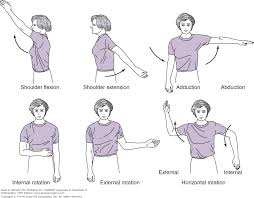
For the scapular to be able to stabilise, the thorax needs to be in working order, meaning that the thoracic spine needs to be able to flex and extend as well as rotate. If this is the case the scapular will be able to slide nicely over the structures underneath, providing the stability the glenohumeral joint needs. There is an ideal motor patterning for the shoulder to keep the shoulder free of pain.

During the life of a shoulder there are patterning changes, these changes happen to deal with poor posture, overuse type movements, poor technique in the pool and pain. Correcting these motor pattern changes is key to gaining full function of the shoulder without pain.

